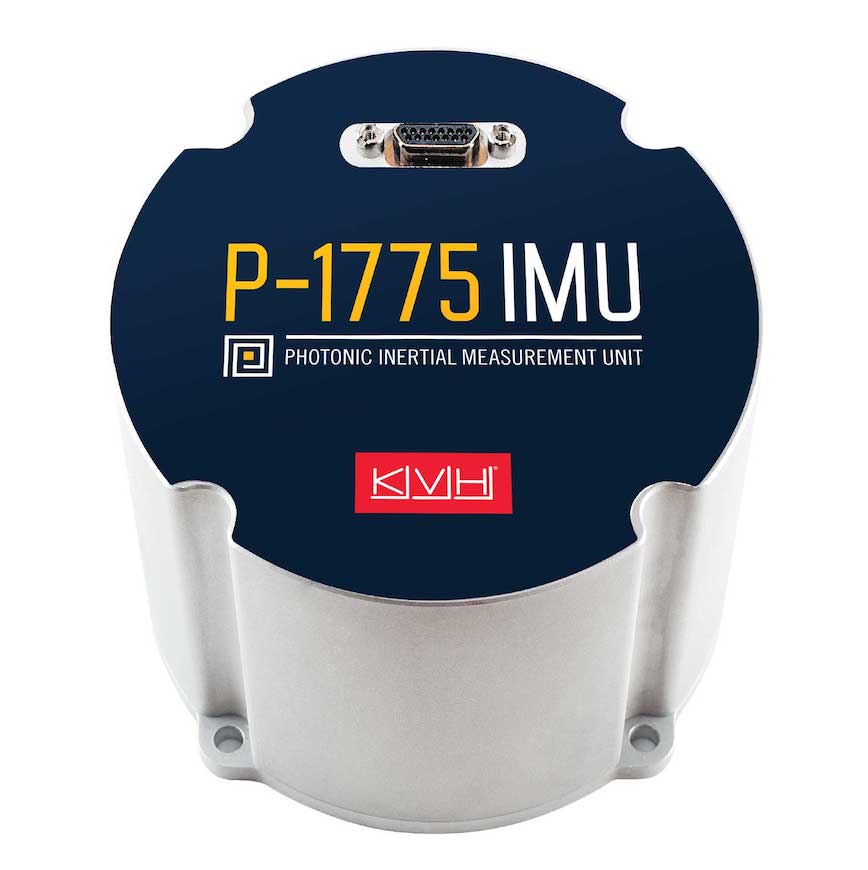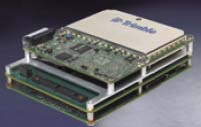KVH Industries recently debuted its new P-1775 inertial measurement unit (IMU). The sensor exploits the advantages of photonic integrated chip (PIC) technology with an integrated planar optical chip that replaces individual fiber optic components to simplify production while maintaining or improving accuracy and performance.
PIC technology is especially well-suited to autonomous applications: drones, people movers, trucks, and mining and construction equipment. Employing the PIC design allows for a lower cost and scalable solution due to the elimination of various fiber components and a reduction of labor.
The PIC Inside P-1775 is designed to deliver high accuracy, uses modular designs for ease of integration, and has outstanding repeatability unit-to-unit.
PIC technology will be added to KVH’s inertial sensor product line for use across a broad range of applications from navigation to stabilization and pointing. KVH’s fiber optic gyros (FOGs) and FOG-based products are particularly well-suited for the large and growing autonomous market.
Autonomous applications rely on high quality inertial sensors to deliver an extremely accurate navigation solution, delivering the performance required in critical metrics such as angle random walk (ARW) and bias instability. Next-generation driverless cars, which require centimeter-level precision for safety, are a targeted application for KVH’s inertial products.
KVH showcased the new P-1775 at AUVSI xPONENTIAL, October 13–16. Last year, KVH announced that it had delivered its first product prototypes containing PIC technology to leading automotive customers and presented the science behind the technology to an audience of engineers at a leading inertial sensor conference, describing the extensive development, testing, and benefits of the new technology.






